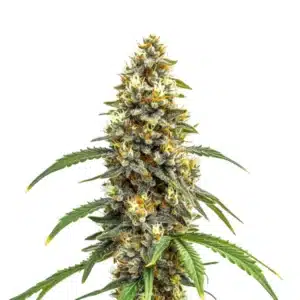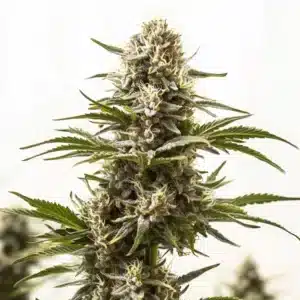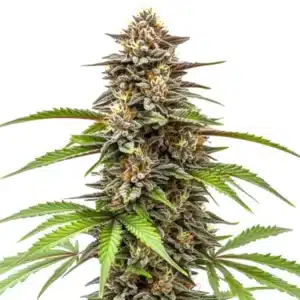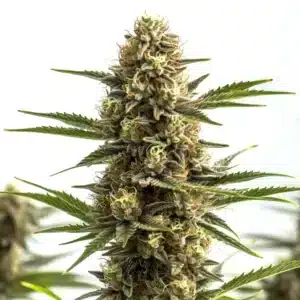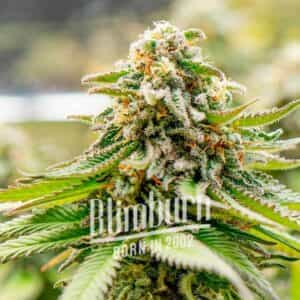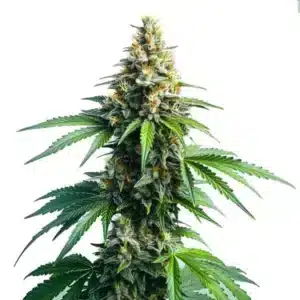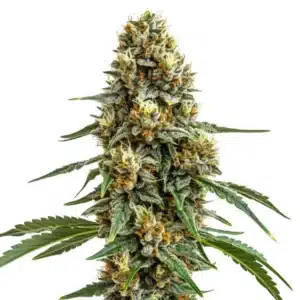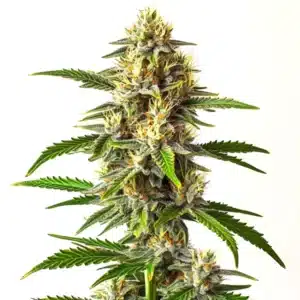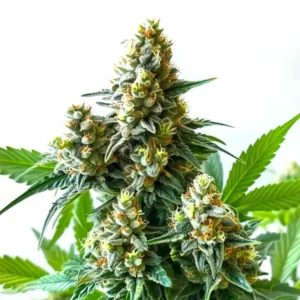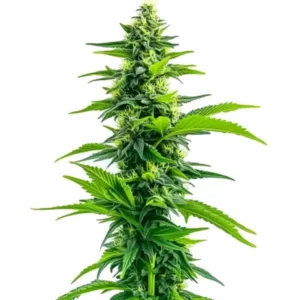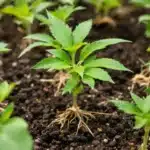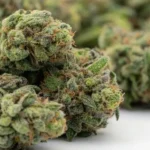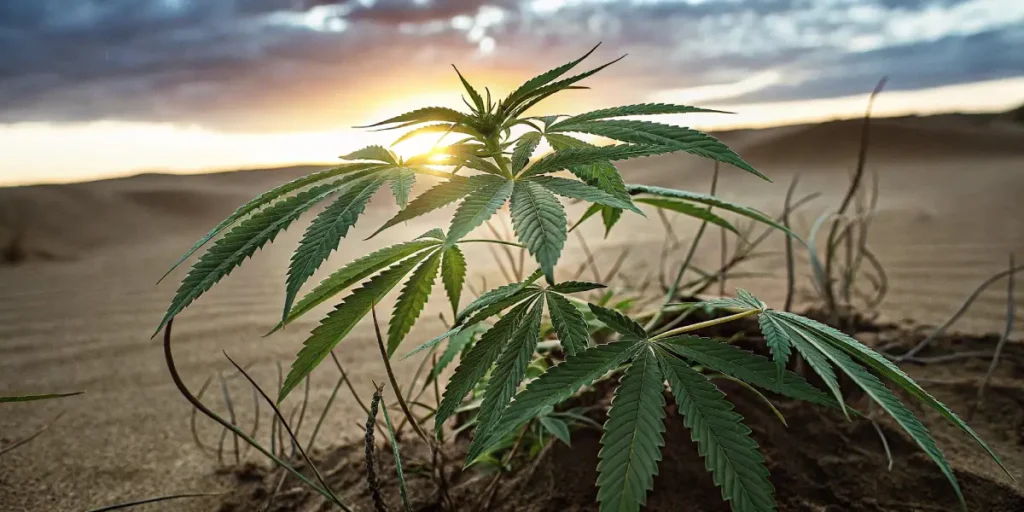
Resilient Cannabis Genetics for Low Humidity
Choosing resilient cannabis genetics for low humidity is crucial for growers facing dry environments. These conditions can stress plants, leading to poor yields. However, selecting the right strains can make all the difference. Some cannabis varieties have adapted to thrive in arid climates, ensuring successful harvests even when moisture levels are low.
Knowing the characteristics of these resilient strains helps both novice and seasoned growers optimize their cultivation practices. With the right genetics, cannabis can withstand the challenges of low humidity, producing healthy plants and bountiful buds. It’s about working with nature rather than against it.
Recommended Strains
Animal Cookies
|
|
THC | 22% - 27% (High) |
|
|
Type | Feminized |
|
|
Yield | High |
|
|
Phenotype | 50% Indica / 50% Sativa |
Carmen x Durban Poison
|
|
THC | 17% - 20% (Medium) |
|
|
Type | Feminized |
|
|
Yield | Medium |
|
|
Phenotype | 40% Indica / 60% Sativa |
At Blimburn Seeds, you’ll find a selection of strains ideal for such conditions. These strains have been bred with resilience in mind, offering the toughness needed to flourish in less-than-ideal humidity. By focusing on these robust varieties, you can ensure your cannabis garden thrives, regardless of the dryness.
Characteristics of Resilient Cannabis Strains for Arid Climates
The best cannabis strains for dry environments share certain traits. These include thick foliage to reduce water loss and a robust root system to seek out moisture deep in the soil. These adaptations make them excellent candidates for low humidity cannabis cultivation.
Another feature of drought-resistant cannabis genetics is their ability to close their stomata during the hottest parts of the day. This reduces water loss while maintaining essential functions. Such traits are central to cannabis genetics for low moisture conditions, ensuring plants remain vigorous and productive even in challenging settings.
Resilient cannabis strains for arid climates also tend to have a waxy coating on their leaves, which further minimizes water evaporation. This natural adaptation is akin to a built-in defense mechanism that equips the strains to handle prolonged dry spells. By preserving moisture within the plant, these strains can continue their growth cycle with minimal disruption.
Furthermore, many of these resilient strains exhibit a shorter flowering period, allowing them to complete their lifecycle before the harshest dry conditions set in. This timing is crucial in maintaining the plant’s health and potency. By selecting genetics with these traits, growers can mitigate the risks associated with low humidity environments.
Real-Life Examples of Resilient Strains
One strain that excels under these conditions is the Mango Sapphire. Known for its fruity aroma and high THC content, Mango Sapphire is a favorite among growers in arid regions. Its robust nature allows it to produce impressive yields even when humidity is low.
Another strong contender is Critical Mass. This strain is renowned for its substantial buds and high resistance to drought. Critical Mass is perfect for those looking to cultivate a heavy-yielding plant without the need for constant watering.
Finally, consider the Blue Dream. This popular strain is adaptable to various climates, making it ideal for areas with fluctuating humidity levels. Its ability to thrive in drier conditions while still delivering potent effects makes it a top pick.
Besides to these, the Durban Poison strain offers remarkable resilience, particularly in hot and dry climates. Its sativa genetics contribute to its ability to withstand extended periods of drought, making it a valuable addition to any low humidity cannabis cultivation setup. Durban Poison’s uplifting effects and high yield potential make it a standout choice for growers.
Likewise, the Afghan Kush strain, with its origins in the mountainous regions of Afghanistan, is inherently suited for arid conditions. Its genetic lineage endows it with remarkable drought resistance, allowing it to flourish despite low moisture availability. Afghan Kush is celebrated for its relaxing effects and is a testament to the hardiness of resilient cannabis genetics for low humidity.
Promos & Deals
Low Humidity Cannabis Cultivation Tips
When growing in low humidity, certain techniques can enhance plant health and yield. One such method is mulching, which helps retain soil moisture and keeps roots cool. Another tip is to water plants early in the morning or late in the evening to reduce evaporation.
Using shade cloths can also be beneficial. They protect plants from intense sunlight and heat, reducing water stress. When combined with resilient cannabis genetics for low humidity, these practices can significantly improve growth outcomes, ensuring a productive garden.
Implementing windbreaks is another effective strategy in dry environments. By reducing wind exposure, you can minimize the rate of evaporation and protect the plants from moisture loss. This is particularly effective when cultivating drought-resistant cannabis genetics, as it ensures that every drop of water is utilized efficiently.
Additionally, integrating organic matter into the soil can improve its structure and moisture retention capacity. Compost and well-rotted manure can enhance soil fertility while also providing a buffer against dry spells. These low humidity cannabis cultivation tips align perfectly with the needs of resilient cannabis strains for arid climates.
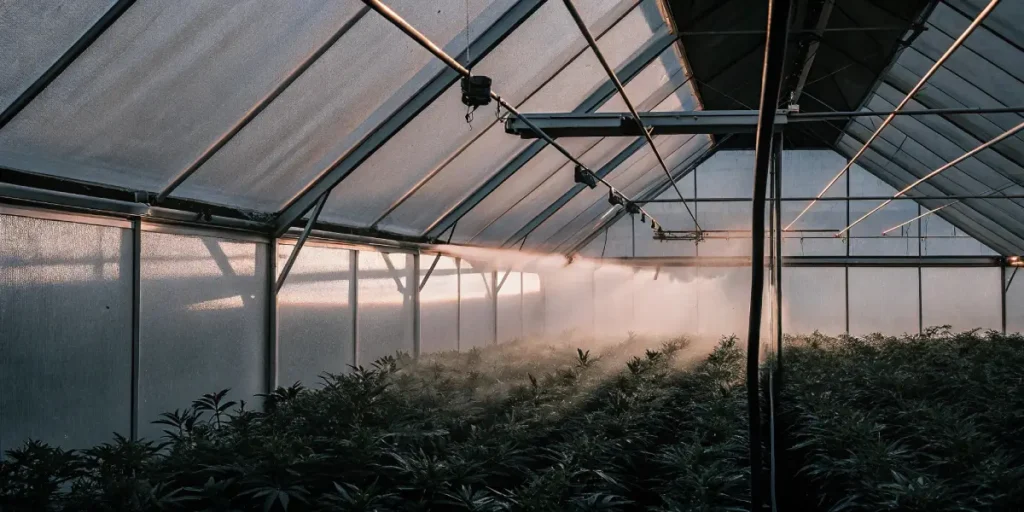
Proper Soil Management
Soil management is crucial in dry environments. Opt for soil with good water retention properties, like those rich in organic matter. Such soil types help maintain consistent moisture levels, supporting resilient cannabis strains for arid climates.
Incorporating water-retaining crystals or gels can also be effective. These products absorb water and release it slowly over time, providing a steady moisture supply to the roots. This technique is particularly useful for drought-resistant cannabis genetics.
Regular soil aeration is another vital practice. By gently loosening the soil, you enhance its capacity to absorb and retain water. This is especially beneficial in maintaining optimal moisture conditions for cannabis genetics for low moisture conditions, promoting stronger root systems.
Rotating crops and allowing periods of fallow can also rejuvenate the soil, maintaining its fertility and structure. This practice supports sustainable cultivation and ensures that the soil remains conducive for growing resilient cannabis genetics for low humidity over multiple growing cycles.
Best Growing Practices for Dry Environments
Maximizing air circulation is vital in dry conditions. Proper ventilation reduces the risk of mold and pests, which can thrive even in low humidity. Using fans or strategically placing plants can help achieve this.
Choosing the right container size is equally important. Larger pots retain more moisture, which can be beneficial for cannabis genetics for low moisture conditions. However, ensure the pots have adequate drainage to prevent waterlogging.
Implementing a companion planting strategy can offer additional benefits. Certain companion plants can help improve soil quality and provide natural shade, thus enhancing the growing environment for resilient cannabis genetics in low humidity settings.
Moreover, selecting a cultivation site that naturally offers some protection from harsh sunlight can increase the success rates of low humidity cannabis cultivation. Utilizing natural barriers like trees or rock formations can shield plants from excessive heat, promoting a more stable growing environment.
Hydration Techniques
Drip irrigation systems are a great way to provide consistent moisture. These systems deliver water directly to the root zone, minimizing waste and maximizing efficiency. They are particularly effective for resilient cannabis strains for arid climates.
For those without access to drip systems, hand-watering can be equally effective if done correctly. The key is to water deeply but less frequently, encouraging roots to grow deeper in search of moisture.
Another effective technique is the use of self-watering containers, which can automatically regulate the moisture levels in the soil. These systems reduce the need for frequent monitoring and support the consistent hydration requirements of drought-resistant cannabis genetics.
Incorporating a rainwater collection system can also be beneficial. This sustainable practice not only conserves water but ensures that you have a reliable supply for your plants, even during prolonged dry periods. Such techniques align well with the needs of resilient cannabis genetics for low humidity.
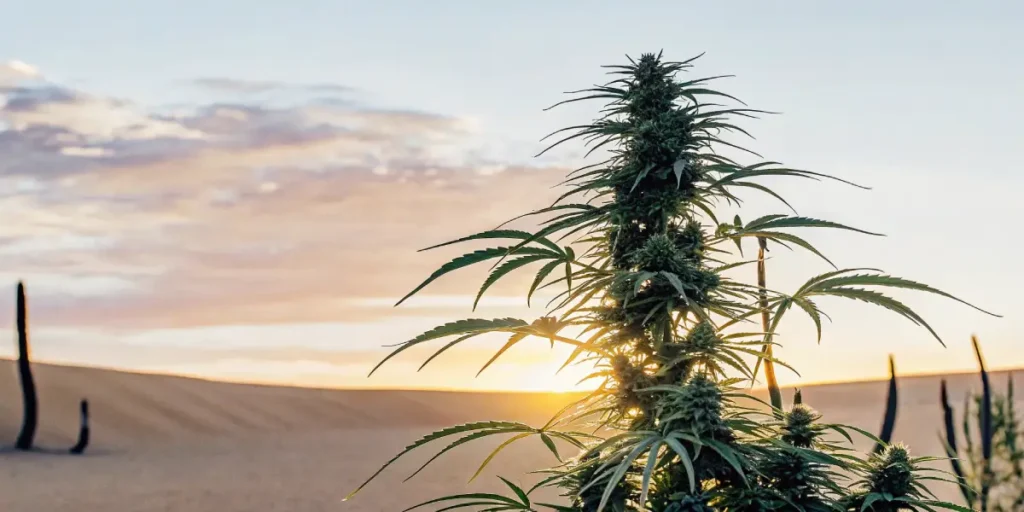
FAQs
What are the best cannabis strains for dry environments?
Strains like Mango Sapphire, Critical Mass, and Blue Dream are excellent choices for dry environments. These varieties have adaptations such as thick foliage and robust root systems that help them thrive even when water is scarce. Sourcing these strains from reliable providers like Blimburn Seeds ensures you’re getting genetics bred for resilience.
These strains not only survive but flourish in arid conditions, producing impressive yields and maintaining high potency. By selecting these resilient cannabis genetics for low humidity, growers can expect healthy plants and bountiful harvests even in challenging environments.
Other notable strains include Durban Poison and Afghan Kush, which have proven to thrive in arid conditions thanks to their hardy genetics. These strains offer growers a range of options to tailor their cultivation efforts to specific low humidity environments.
Knowing the specific needs of each strain and matching them to your growing environment can optimize results. This targeted approach allows growers to make the most of their low humidity cannabis cultivation by leveraging the inherent strengths of each genetic profile.
How can I improve water retention in my soil?
Improving water retention starts with choosing the right soil. Soils rich in organic matter hold moisture better, supporting plant health in dry conditions. Adding amendments like compost or peat moss can enhance this capability, creating an ideal environment for resilient cannabis strains for arid climates.
Water-retaining crystals or gels can also be added to the soil. These products absorb excess water and release it slowly, providing a consistent moisture supply. This approach, combined with regular soil moisture checks, ensures optimal conditions for cannabis genetics for low moisture conditions.
Incorporating biochar into the soil mix can further improve its water retention properties. Biochar acts as a sponge, retaining moisture and nutrients while enhancing soil aeration, making it an excellent addition to your soil management practices.
Furthermore, mulching with organic materials like straw or wood chips can create a protective layer over the soil. This layer minimizes evaporation and regulates soil temperature, both crucial factors in supporting resilient cannabis genetics for low humidity.
What are some hydration techniques for low humidity cannabis cultivation?
Drip irrigation is a highly effective technique for low humidity cannabis cultivation. It delivers water directly to the plant’s roots, minimizing evaporation and ensuring efficient use of water resources. This method is ideal for maintaining consistent moisture levels in dry environments.
For those without drip systems, deep and infrequent hand-watering is a viable alternative. This encourages deeper root growth, allowing plants to access moisture stored deeper in the soil. Coupled with mulching, these techniques help maintain soil moisture for resilient cannabis genetics.
Utilizing humidity domes for seedlings and young plants can also aid in retaining moisture during critical growth stages. These domes create a microclimate that conserves humidity, supporting the early development of drought-resistant cannabis genetics.
Additionally, employing a soil moisture meter can provide real-time feedback on hydration levels, enabling precise water management and preventing both under- and over-watering. This ensures that your cannabis plants receive the optimal amount of moisture they need to thrive.
Are there specific growing practices suited for arid climates?
In arid climates, maximizing air circulation and choosing the right container size are crucial. Proper ventilation prevents mold and pest issues, while larger pots help retain moisture. However, always ensure adequate drainage to prevent standing water.
Using shade cloths and watering during cooler parts of the day are also beneficial practices. These methods reduce plant stress and water loss, enhancing the growth of drought-resistant cannabis genetics. By implementing these practices, growers can achieve successful harvests in dry conditions.
Incorporating windbreaks and strategic plant placement can further protect your crops from harsh environmental elements. By reducing wind exposure and optimizing sunlight, these practices support robust growth for resilient cannabis genetics for low humidity.
Consider also the timing of planting and harvesting to align with the natural climate cycles. Timing your grow cycles to avoid the peak of dry seasons can significantly impact the success of your cultivation efforts, ensuring that cannabis genetics for low moisture conditions reach their full potential.
Why is choosing the right cannabis genetics important for low humidity?
Selecting the right cannabis genetics is pivotal because it determines how well your plants will perform under specific environmental conditions. Resilient strains bred for low humidity environments can withstand the stress of dry conditions, ensuring healthy growth and high yields.
These genetics have adaptations that allow them to conserve water and thrive where others might fail. By choosing strains like those offered by Blimburn Seeds, growers are investing in the success of their cultivation efforts, ensuring resilience against the challenges posed by arid climates.
Knowing the genetic lineage and environmental adaptations of these strains allows growers to make informed decisions, optimizing their cultivation practices for maximum yield and potency. Resilient cannabis genetics for low humidity are an essential component of a successful grow operation in dry regions.
Ultimately, the right genetics provide a foundation for sustainable cultivation, reducing the need for intensive resource inputs and enhancing the overall resilience of your crop. This strategic choice is a key factor in achieving long-term success in low humidity cannabis cultivation.



